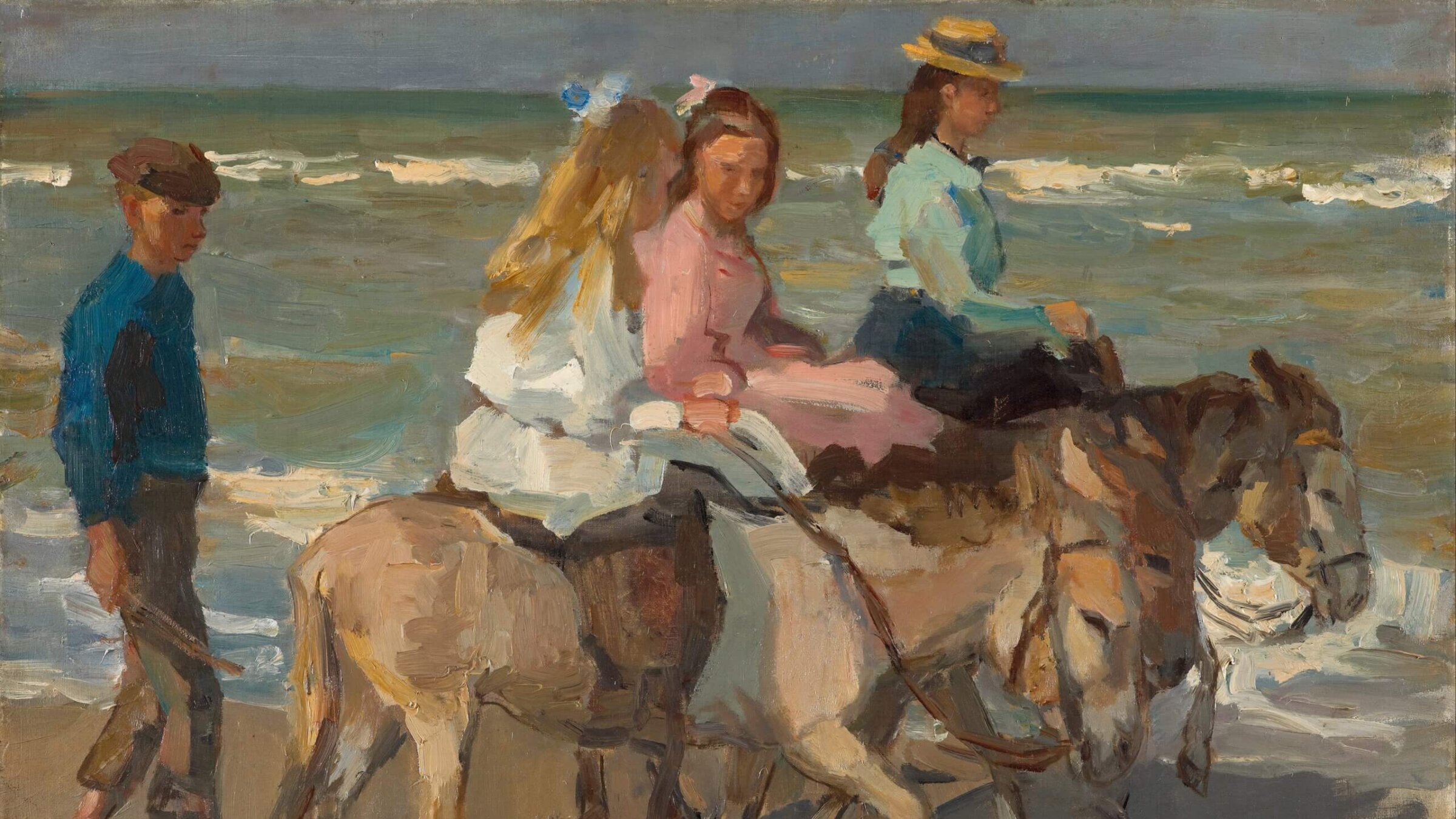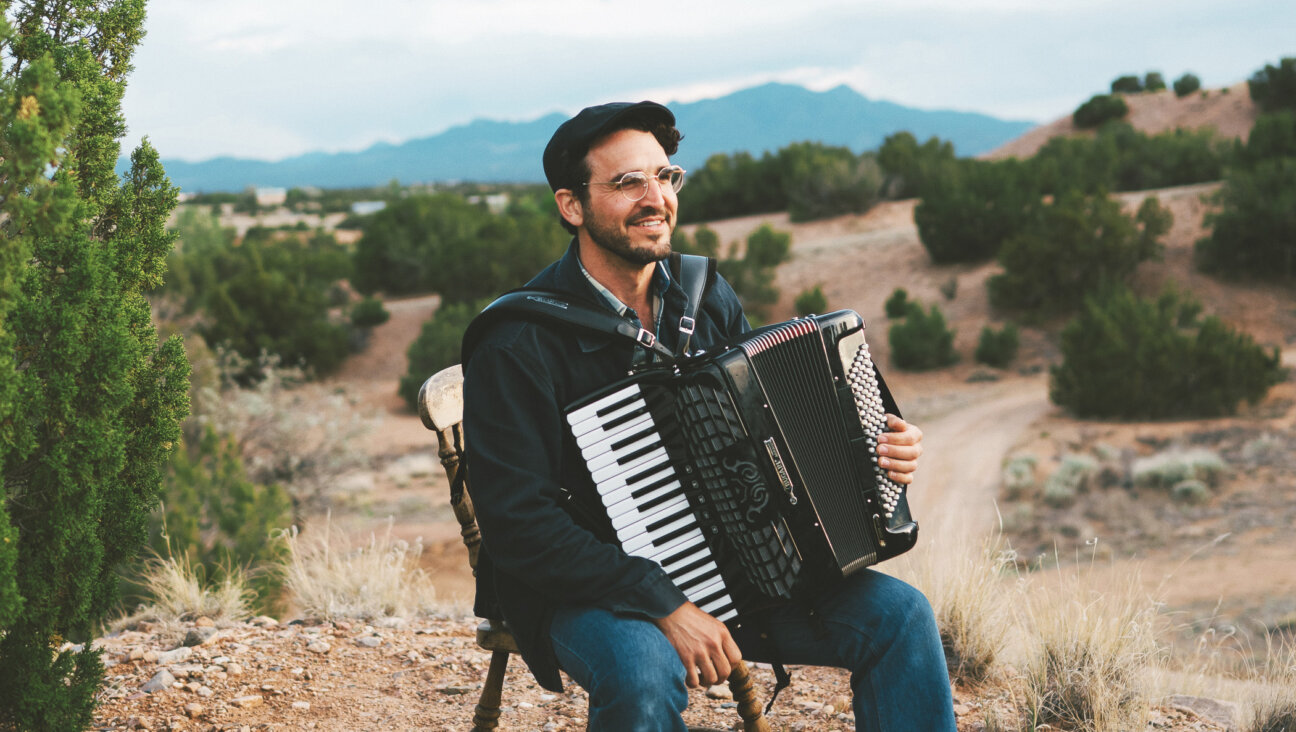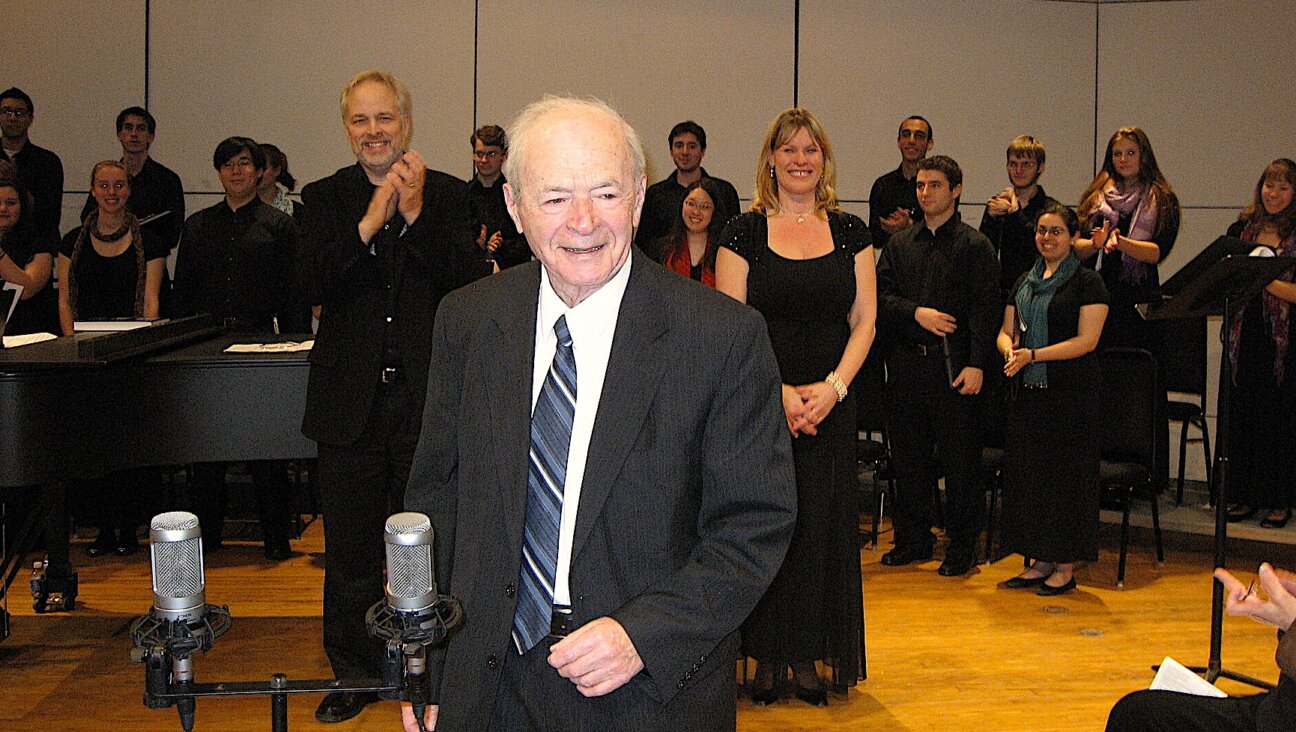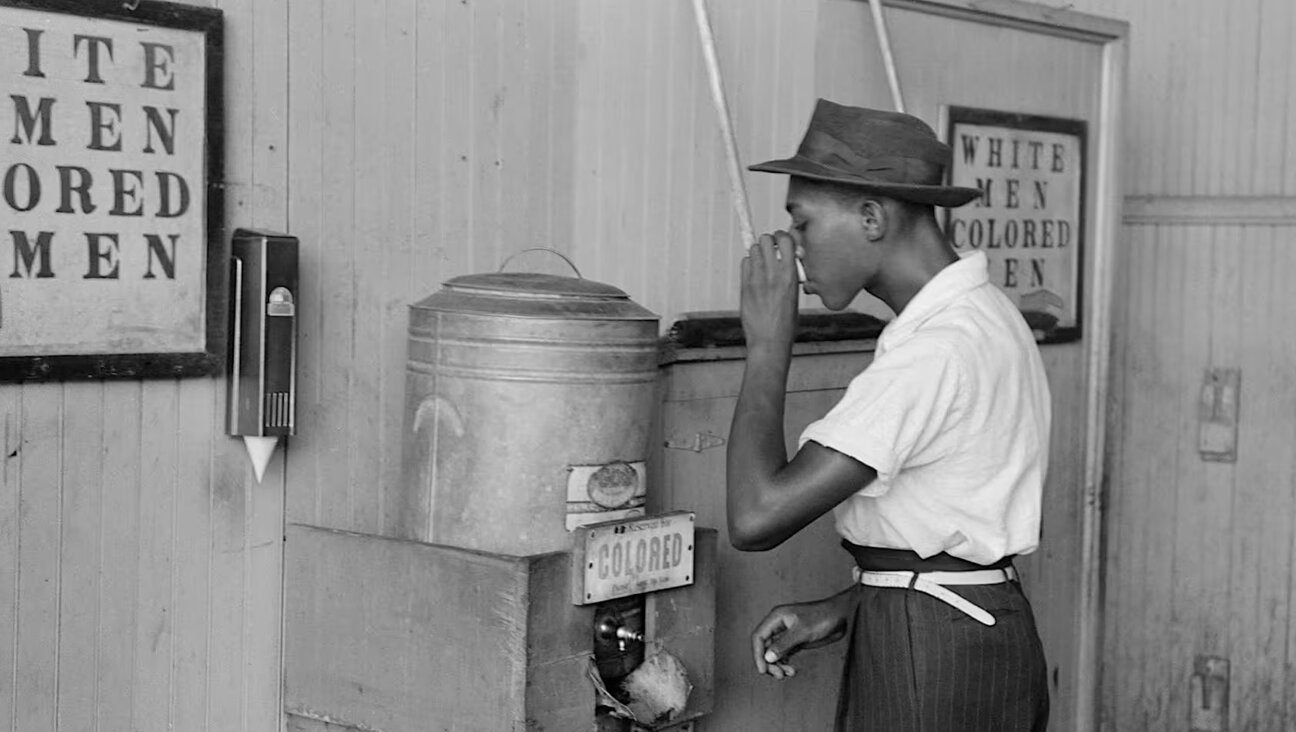What kids wrote in the Yiddish press about their summer vacations
3 city children reveal what they discovered in the countryside and how they felt about being there

Donkey rides on the beach, oil painting by Isaac Israels, circa 1890-1901. Courtesy of Wikimedia Commons
As children return to school in September, many will doubtless be given the classic school assignment: “How I spent my summer vacation.” As one who enjoys researching Jewish social history, I began wondering what Jewish children did on their summer breaks in the 1920s and ’30s?
For sure, poorer Jewish kids in New York and other cities worked in the summertime to earn extra money for their families. But what about children from middle-class families who were able to take a real break?
I did some keyword searches of the pre-World War II Yiddish press and hit the jackpot: Three Yiddish letters to the editor turned up, written by children around 100 years ago about their summertime adventures. My guess is that their teachers or parents submitted them.
It was especially exciting to find essays by children. Adults occasionally wrote about children in Yiddish magazines and newspapers, but children rarely wrote about themselves.
The earliest letter was from 1917. Its writer, Perl Goldstein, who lived in Montreal, went to a Yiddish school there that met on the weekends. Her letter was published in Di Idishe Kinder-Velt, a New York Yiddish children’s magazine. Perl doesn’t say her age, but she sounds around 12.
At first she expresses excitement about vacationing in the countryside: “Every day after breakfast I played, and I went to pick raspberries, strawberries and flowers. In the afternoons I went swimming, read a little and wrote letters.” She enjoyed the clear air, probably because she was used to the crowded city.
But Perl’s vacation suddenly went sour. “On the Sunday when schools opened, I felt very sad and bitter that I couldn’t be there.” Apparently, her Yiddish Sunday school only took a short break during the summer, and reopened while she was still on vacation. She longed for school so much that she stopped enjoying the countryside, and someone had to take her back to Montreal. “When I entered the school and saw my teachers and all my friends, I was happy again. I understood then how precious school is to me.”
The second letter was written in 1926 by 13-year-old Willy Blauman, a student at the 7th Street public school on the Lower East Side. It was published on the children’s page of Morgen Freiheit, a New York City-based daily newspaper affiliated with the Communist Party.
Willy spent two weeks at Camp Kinderland (a socialist Jewish summer camp that later became communist), which gave Jewish city kids a taste of country life. He got the trip as a reward from his father after winning a merit badge at school. When his father told him this, he was at first unimpressed. “I wrinkled up my nose and shouted: ‘Some present!’” he wrote.
But once he got to Kinderland, Willy admitted that “my dad knows how to reward a kid for a job well done.” He had never been to the country, and was amazed by the trees and flowers and the sweet smell of the air. He especially loved the Hudson River: “We went swimming twice a day. The water was so clear that we could see all kinds of little fish swimming around.” He also loved the food and “drank twice as much milk at camp as I did at home.” He danced and sang around the campfire with his friends, and was glad they didn’t have to worry about city policemen chasing them away.
Willy had never been away from home before, and missed his family very much. But, he admitted, “when the day came to go home, I didn’t want to leave Kinderland.”
The latest letter is from 1938, written by 10-year-old Elke Nachshon. She went to the same Yiddish Sunday school in Montreal that Perl had attended 20 years earlier. Her letter appeared in Grininke Beymelekh, a Yiddish children’s magazine published in Vilna, Lithuania.
Ekle spent three summer weeks in the northeastern U.S. She loved visiting the “automatic cafeteria” (the Automat) in New York City, and went up to the top of the Empire State Building, where she enjoyed the view. She went to the beach every day: “It was nice to swim in salt water. Lots of people were always stretched out on the sand. There were firework shows by the sea.”
Elke also visited Elizabeth Park in Hartford, Connecticut, where she admired flowers from all over the world. In Pittsburgh, she took a tour of the Heinz food processing factory: “After they explained how everything was made, they gave us boxes of treats made in the factory. Everything was delicious.”
As the hot summer of 2024 winds down and a new school year is on the horizon, Perl Goldstein’s conclusion to her essay reminds us how joyous the return to school can be for some kids: “Though I had a good time being on vacation, I was still very happy to come back to school and start eagerly learning again.”
















